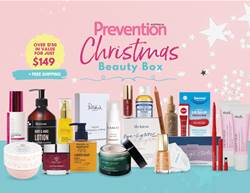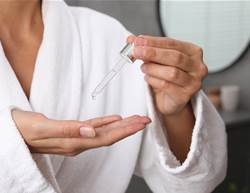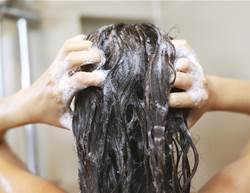Are you overwhelmed with all the anti-ageing solutions out there? We can help you make sense of the words on the back of the newest serums and creams.
These heavy-hitting ingredients smooth out wrinkles and fine lines by ramping up collagen production and cellular turnover for youthful, bright-looking, even-toned skin. Since skin will be freshly exfoliated, it may feel irritated at first: Start slow, avoid using alongside other exfoliants and always follow up with SPF!
Want to know how to get clearer skin? What about more hydration or a nourishing glow? The answer is in the ingredients. Click on any of the three links below to discover more:
- 6 Acne-fighters and exfoliators for clearer skin
- 7 Hydrators to smoothe your skin
- 4 Skin oils for a nourishing glow
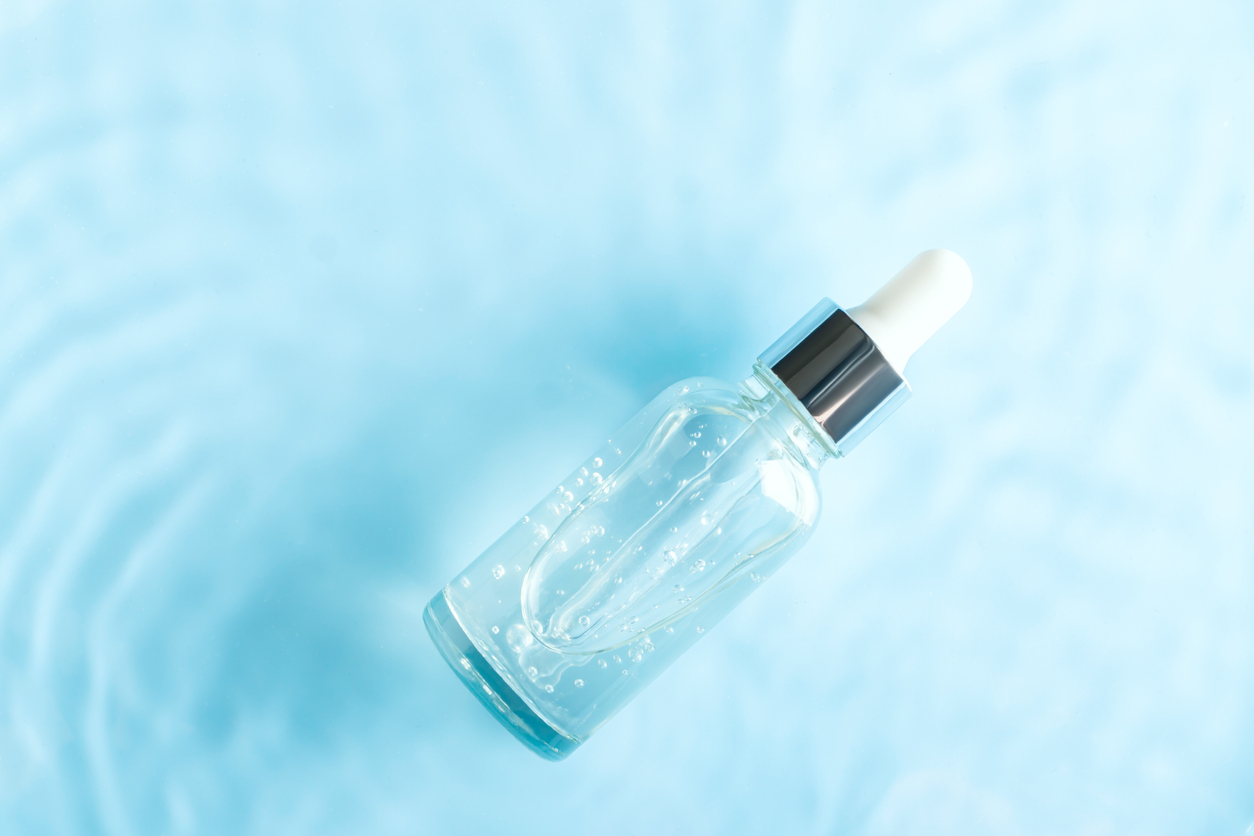
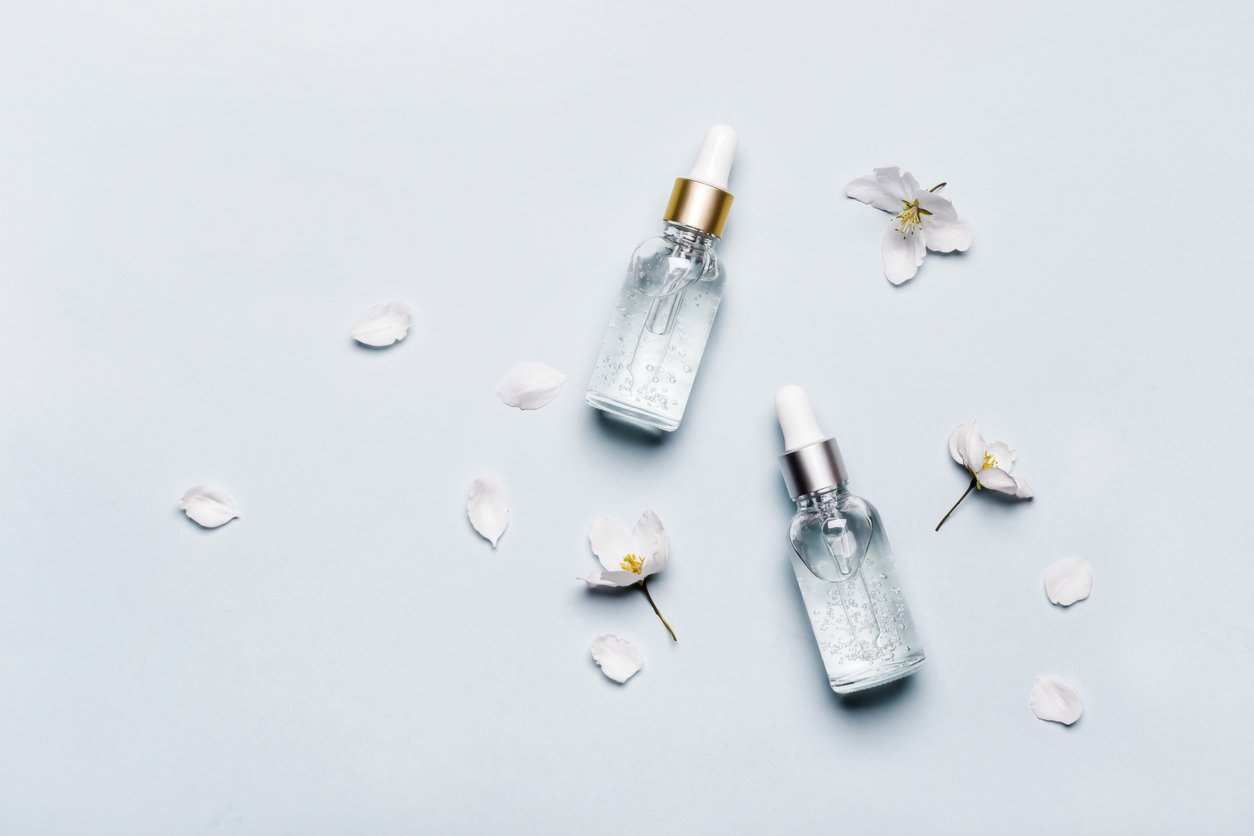
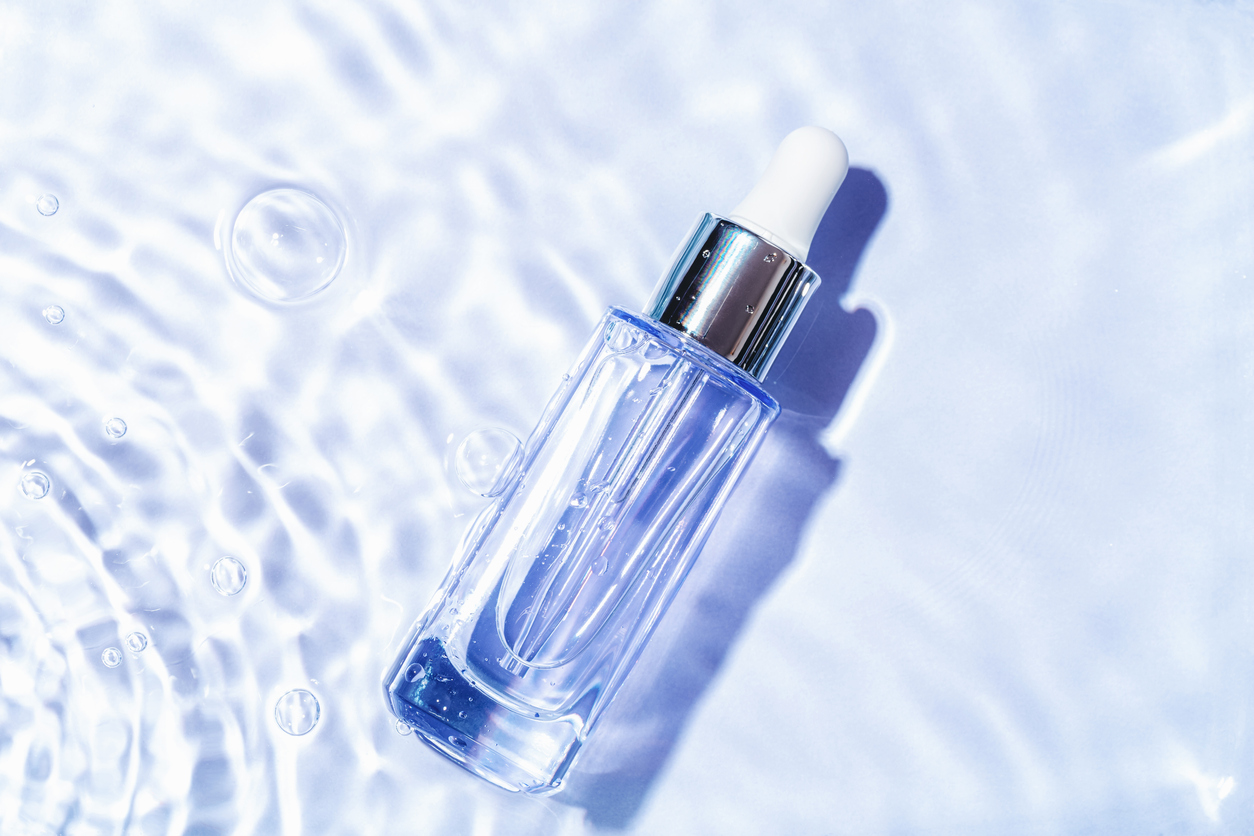


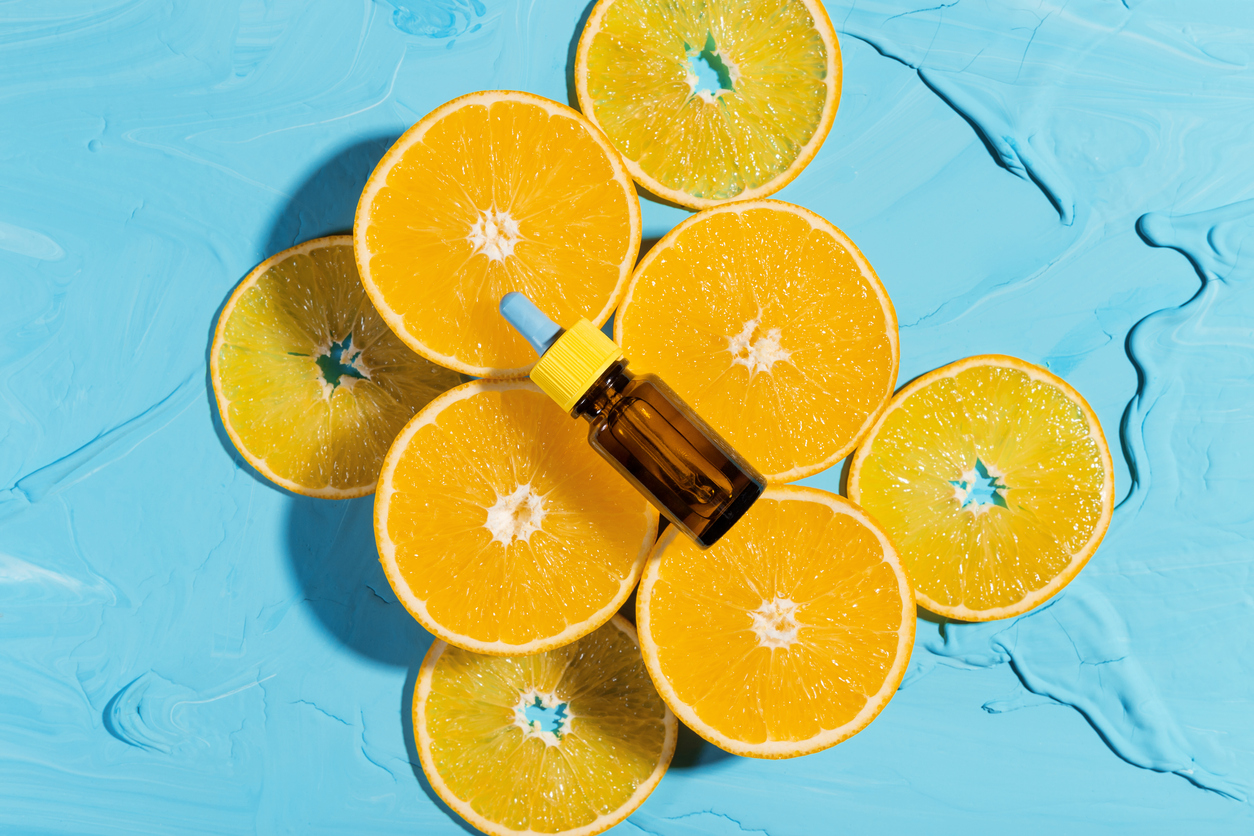

Alpha-hydroxy acids (AHAs)
What it does: AHAs are water-soluble acids derived from fruits or sugar cane that exfoliate dull, dry skin and stimulate collagen production to lessen wrinkles.
Who it's for: Anyone whose main concern is anti-ageing, or those with dry skin.
How to use it: Start with a lower concentration and work up to daily use, as tolerated.
FYI: AHAs increase skin’s sensitivity to UV rays, so use SPF every day. AHAs also may cause superficial chemical burns on darker skin tones.
Bakuchiol
What it does: This ancient botanical seed is a gentler, effective alternative to retinol. It's anti-inflammatory, anti-microbial, and increases collagen production, and reduces the appearance of fine lines, wrinkles, and hyperpigmentation.
Who it's for: Safe for all skin types and those concerned with anti-ageing, but particularly great for skin types that cannot tolerate retinol (e.g. sensitive skin, rosacea).
How to use it: Safe for use once to twice daily, morning or night.
FYI: Any new ingredient can cause a reaction. Start slowly and work your way up to daily use.
Glycolic Acid
What it does: An AHA that minimises pores, fights acne, and speeds up cell turnover for fresher, clearer, younger-looking skin.
Who it's for: All skin types, though sensitive or dry skin types should use formulas with 5% concentration, max.
How to use it: Apply daily to oily and acne-prone skin at concentrations up to 10% in serums, toners, peels, and cleansers.
FYI: May cause irritation on dry or sensitive skin, or superficial burns at concentrations over 10%.
Peptides
What they do: Made of amino acids, peptides stimulate skin to make more collagen to decrease fine lines and wrinkles.
Who they’re for: Anyone looking to increase skin firmness, smooth out fine lines or wrinkles and quell inflammation.
How to use them: Peptides work well with other skincare ingredients, making them easy to incorporate into your existing skincare routine once to twice daily. Opt for products that stay on the skin for an extended period, like a moisturiser or serum.
FYI: Look for ingredients that end with "peptide" or begin with "palmitoyl" on the ingredient label.
Retinol
What it does: A fat-soluble derivative of vitamin A, retinol is the reliable OTC anti-aging ingredient. It prevents collagen degeneration, encourages skin cell turnover, and strengthens skin against wrinkle formation.
Who it's for: Safe for all skin types, but best for mature skin types or anyone who wants to prevent signs of ageing.
How to use it: Use once daily before bed, alternating nights of application and increasing frequency to nightly, once skin adjusts.
FYI: Retinol can be irritating and cause redness, dryness, peeling at first: Don't use alongside any chemical exfoliants or acids. Since it increases sun sensitivity, use SPF every day.
Vitamin C
What it does: This potent antioxidan helps brighten skin and fade hyperpigmentation by blocking melanin production, fights free radical damage from environmental stressors and boosts collagen production, reducing signs of ageing.
Who it’s for: Any skin type, especially skin that’s hyperpigmented, dull or UV-damaged.
How to use it: Apply in a leave-on treatment like a serum or cream in the a.m., before SPF. Start slowly once a day at a lower concentration and increase to twice a day as tolerated. To avoid irritation, steer clear of pairing vitamin C with retinol or exfoliating ingredients like AHAs.
FYI: Look for an opaque or dark-colored, airtight container and ingredients like vitamin E and ferulic acid to improve stability and efficacy. Too much vitamin C can irritate skin; stick to a potency of 10% to 20%.
Vitamin E
What it does: Both an antioxidant and an anti-inflammatory, vitamin E prevents skin discolouration, protects against damage and signs of ageing caused by free radicals and staves off acne breakouts.
Who it’s for: Products formulated with vitamin E work well for most skin types, but it’s particularly helpful for acne-prone, discoloured or ageing skin.
How to use it: Drier skin types can apply pure vitamin E oil directly to the skin once to twice daily. Combination and oily skin types may want to opt for a product that's formulated with the ingredient.
FYI: Vitamin E pops up as “tocopherol” on some ingredient labels. If you have oily skin, don’t use straight vitamin E oil on its own as it might exacerbate clogged pores.







